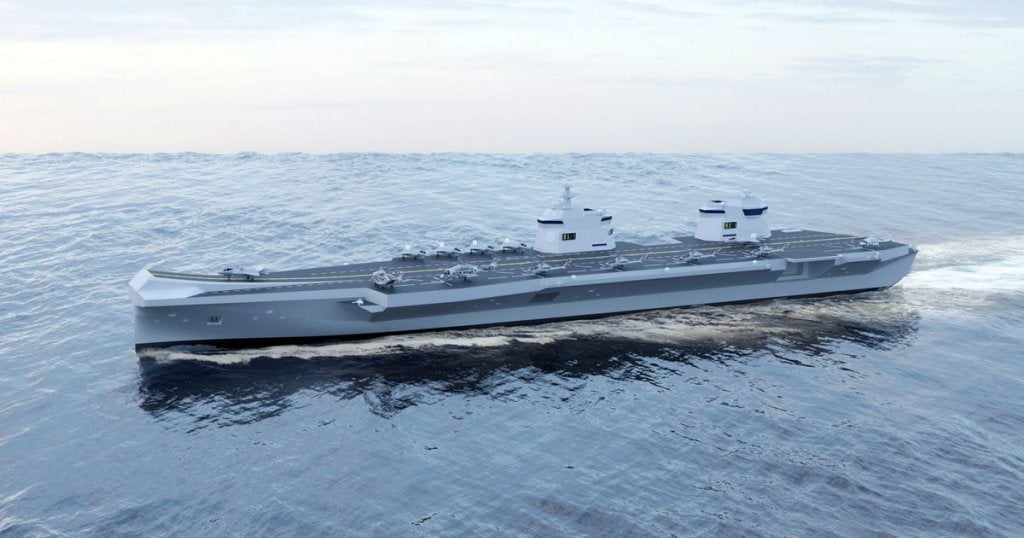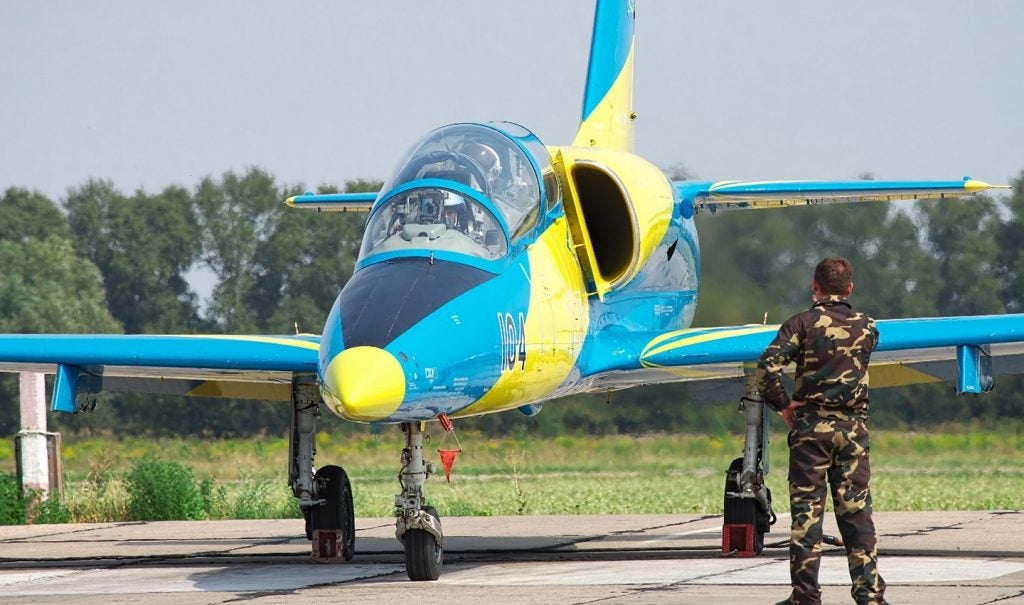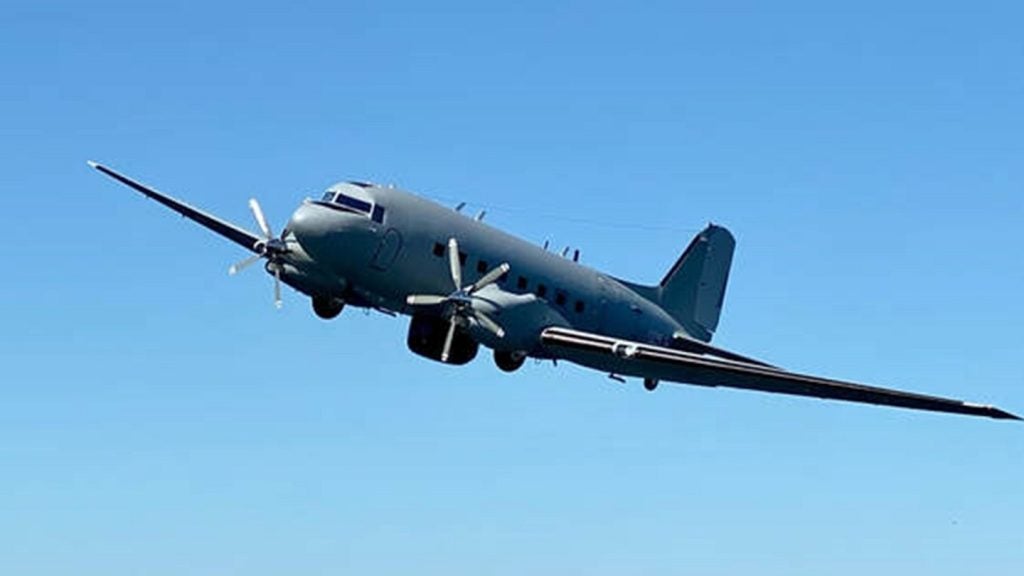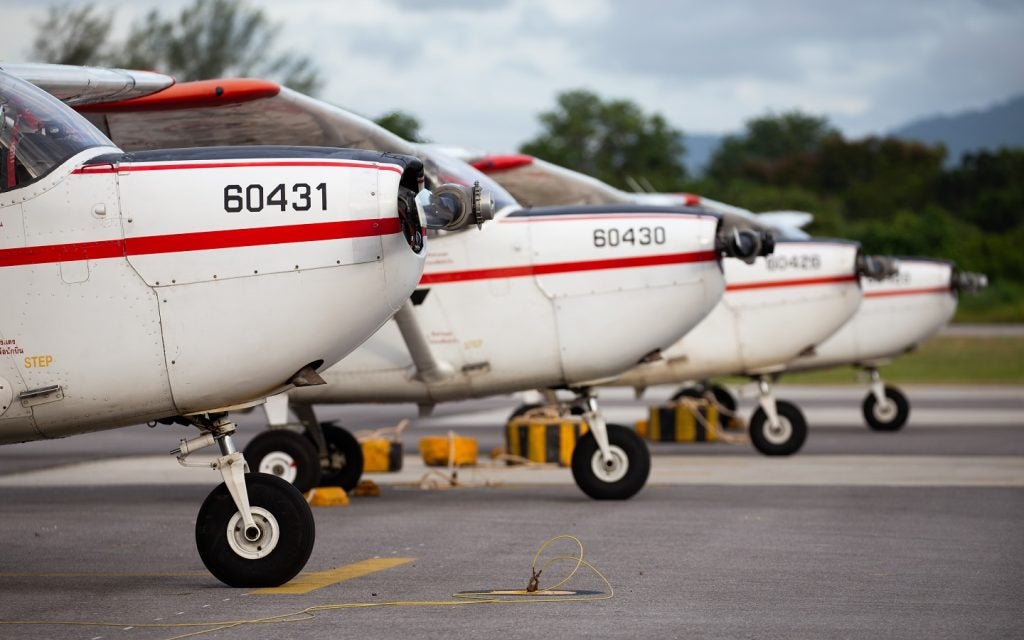
At the beginning of September 2021 it was announced that Babcock and Hyundai Heavy Industries (HHI) have signed an Memorandum of understanding to develop and build the new Aircraft Carrier for the South Korean Navy, and that it would be a Short Take off and Vertical Landing (STOVL) design, likely with a ski jump launch platform.
William Davies, Associate Analyst at GlobalData comments: “The selection of a STOVL design for South Korea has numerous advantages for the country, in particular the lower cost than the alternative ‘Catapult Assisted Take-Off But Arrested Recovery’ (CATOBAR) system in use by several US carriers. However, this choice will drastically limit future decisions, the selection of this design will necessitate the purchase of Lockheed Martin F-35Bs because of their STOVL capabilities and rules out cheaper alternatives such as the Dassault Rafale or the Boeing Super Hornet – or even the potential of an indigenously produced aircraft.
Davies continues “The selection of a STOVL design will limit the South Korean navy in terms of offensive aircraft but also in terms of airborne early warning and control systems that it could field, the system in use by allies, mainly the E2-D Hawkeye, cannot launch from STOVL carriers and a less capable helicopter would have to be utilized instead – this would provide less coverage over a smaller distance.”
The central pull of STOVL designs over CATOBAR is likely price, the latter system costs significantly more and South Korea has likely decided they do not need that level of power projection considering that the majority of their operations take place in littoral waters adjacent to the country, which also reduces the need for long range early warning aircraft.
The purchase of F-35B’s, as necessitated by the selection of the STOVL carrier would provide a number of advantages. It would require significantly less training since landing in an F-35B is more automated than a CATOBAR landing. This adds to the argument that this carrier selection is a better choice for South Korea in terms of budget. It will however create payload limitations since only aircraft under a certain weight can launch from a STOVL carrier and reduce interoperability with allies who fly a greater variety of aircraft – in particular the US.
How well do you really know your competitors?
Access the most comprehensive Company Profiles on the market, powered by GlobalData. Save hours of research. Gain competitive edge.

Thank you!
Your download email will arrive shortly
Not ready to buy yet? Download a free sample
We are confident about the unique quality of our Company Profiles. However, we want you to make the most beneficial decision for your business, so we offer a free sample that you can download by submitting the below form
By GlobalDataHowever, the STOVL design would be good news for the UK Government as it is pushing for the British military to have a much greater presence in the Asia Pacific Region. For the Royal Navy to be able to operate off of another nations carrier will be a boost to the UK ambitions in the region.










Related Company Profiles
The Boeing Co
Lockheed Martin Corp
Babcock International Group Plc